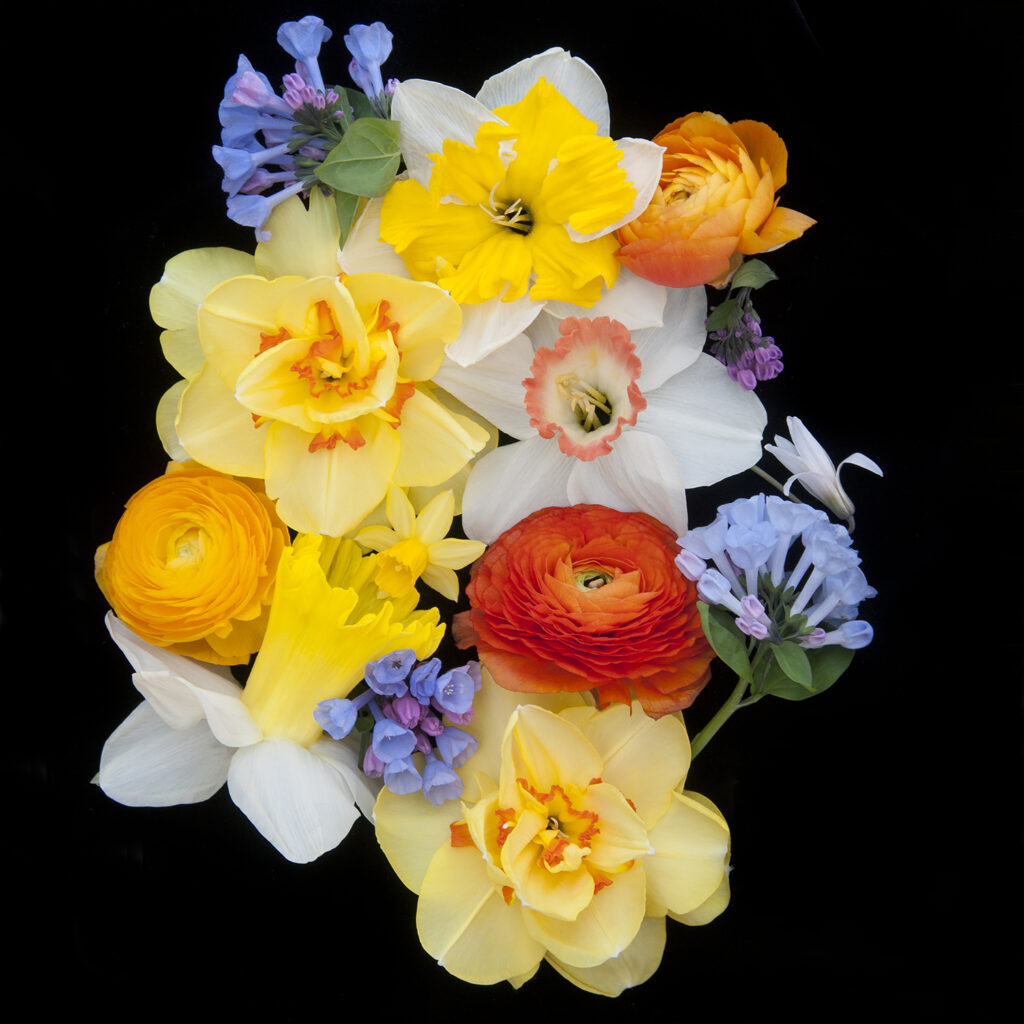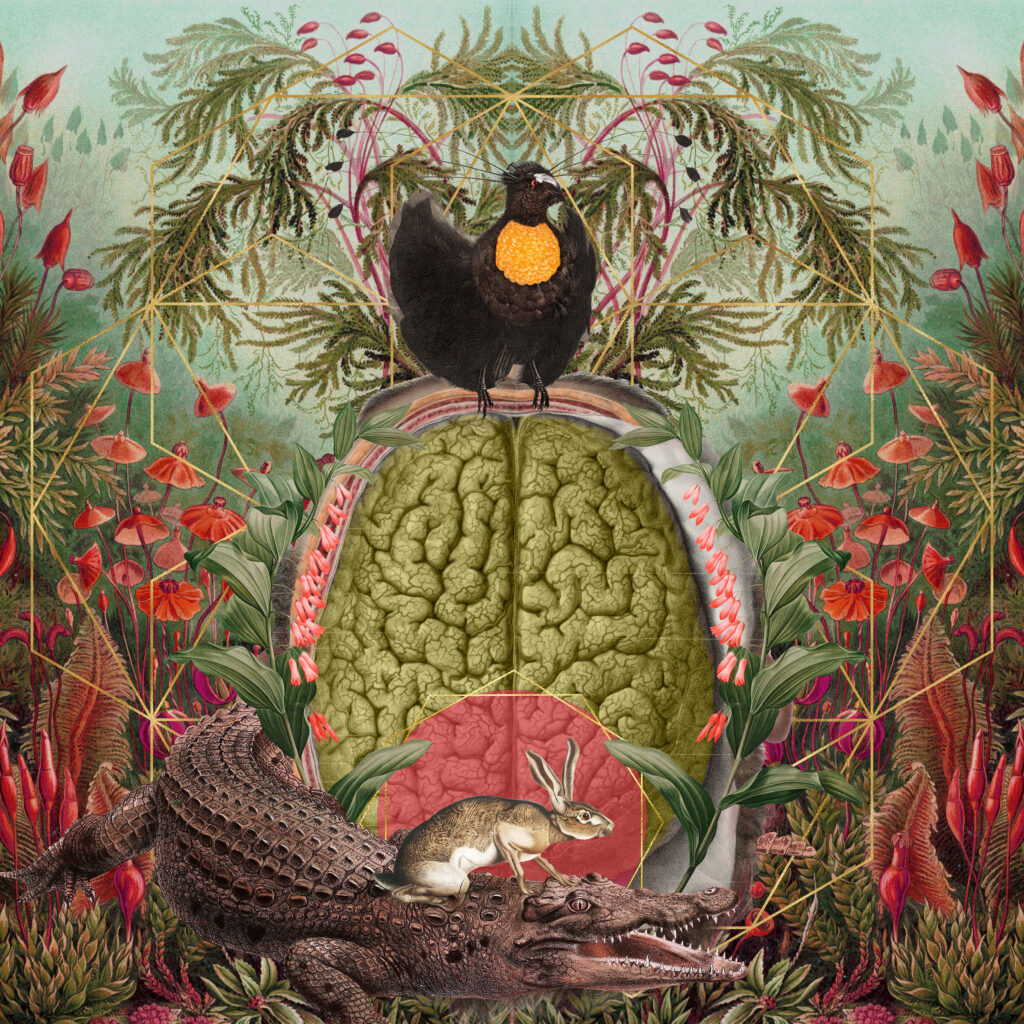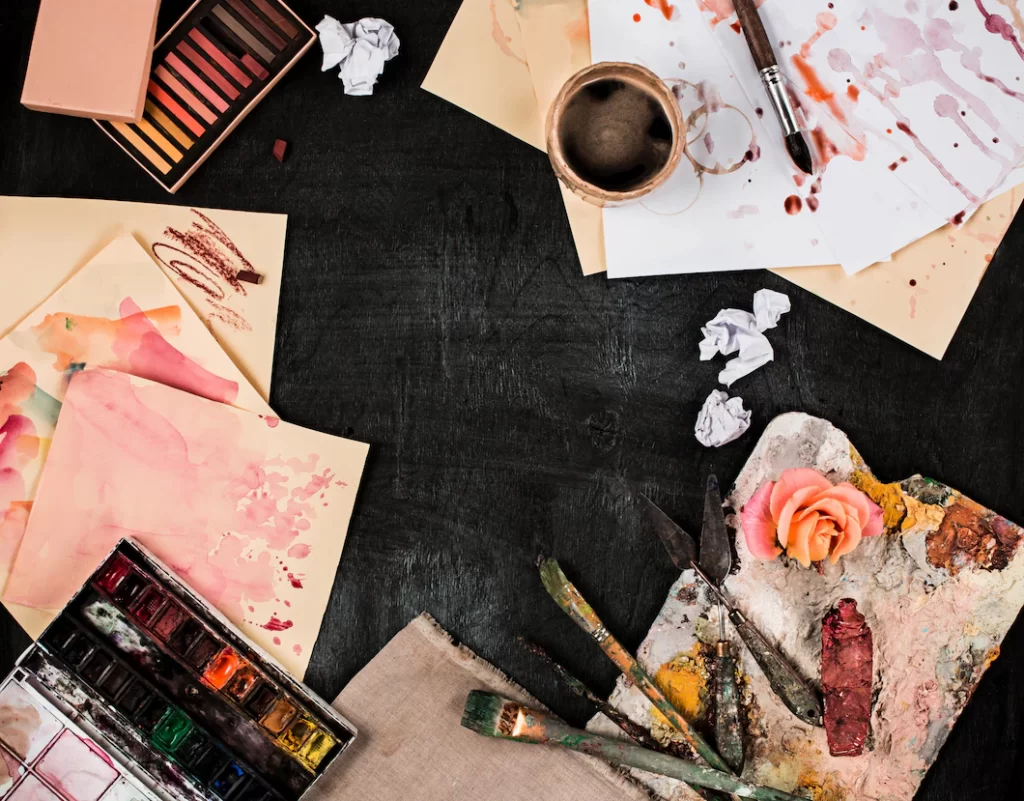
Dos and don’ts for new collectors at an art auction


Have you ever wondered what it’s like to be part of an art auction, where you can discover incredible artworks and bring them into your collection?
Art auctions can be very exciting, whether you’re a seasoned collector or someone new to the art world. They give you a special chance to buy beautiful and often valuable art pieces. If you’re starting as an art collector and entering this thrilling experience, you’re about to begin exploring and enjoying different art forms.
Art auctions are where creativity mixes with buying and selling and where old and new art come together. It’s a place that can enrich your culture and finances. Whether you like classic art, contemporary pieces that break the rules, or art from up-and-coming artists, there’s something for everyone at art auctions.
In this guide, we’ll talk about what you should and shouldn’t do as a new art collector at an art auction. These tips will help you confidently experience this lively and sometimes intimidating world. By approaching it the right way and keeping a careful eye on it, you can start a journey that makes your living space more beautiful and adds more beauty and meaning to your life through art.
Let’s jump into the do’s and don’t of an art auction and learn how to collect successfully.
Do: Setting your purchasing goals
Have you thought about why you want to buy art? Is it to decorate your home or office? Are you hoping the art will become a valuable investment? Maybe it’s a bit of both?
Many collectors fall in love with a specific artist or the story behind a piece. But there can be other reasons, too, and that’s perfectly fine.
The art you choose should match your unique situation, and you should never feel pressured to buy something that doesn’t truly connect with you.
If your main goal is to invest in valuable art, consider getting help from an art advisor. They have connections in art and can help you find the best pieces. Knowing what’s most important to you will save you stress later on and let you focus on what truly matters while ignoring what doesn’t.

Do: Explore the art and ask questions.
In art auctions, the magic often lies in the little things. As a new art collector, one of the essential things to do is to look at the artworks on display. Take your time to examine each piece closely. What colors do you see? Are there small brushstrokes that make the painting more interesting? Do you notice any cool textures you want to touch? These details can show you how skilled the artist is and tell a story through the artwork.
Moreover, don’t be afraid to ask questions. Collecting art isn’t just about buying beautiful pieces; it’s also about understanding why they’re special. If you’re interested in a particular artwork or artist, ask questions. Find out about the artist’s background, what inspired them, or the history behind the artwork. Talking about these things helps you learn and makes you feel more connected to the art.
So, remember to pay close attention to the details and stay curious as you go through your art auction adventure. These qualities will make your collecting experience more enjoyable and help you make smart and passionate choices when adding art to your collection.

Do: Plan your budget.
Before you visit an art auction, deciding how much money you’re willing to spend is crucial. This is your budget, and it’s like a roadmap for your art-collecting journey.
Why is setting a budget important? Well, it helps you avoid spending more money than you can afford. It keeps you from getting carried away by the excitement of the auction. Remember, art auctions can be thrilling, and getting caught up in the moment is easy.
So, take some time to figure out how much you’re comfortable spending on art. Be realistic about your finances and consider what you’re willing to invest in this passion. Once you have your budget in mind, stick to it. This will help you make responsible and satisfying decisions as you explore the world of art collecting.
Do: Ask for a condition report.
Before you decide to bid on a piece of art at an auction, it’s smart to ask for something called a “condition report.” This report is like a health check for the artwork.
Why is this important? Well, it helps you know the current state of the art. Is it in perfect condition, or does it have some wear and tear? Does it need any repairs or restoration work? These details are crucial because they can affect the value and enjoyment of the artwork.
To request a condition report, simply ask the auction organizers. They will provide a detailed description of the artwork’s condition, including any flaws or damage. Having this information empowers you to make an informed decision about whether the artwork is the right fit for your collection.
So, don’t hesitate to ask for a condition report. It’s a wise step in ensuring that the artwork you’re interested in meets your expectations and is a sound investment for your collection.
Don’t focus only on big-name artists
While it’s tempting to chase after artworks by well-known and famous artists, it’s important to resist the urge to overspend and strain your finances.
Why is this important? Big-name artists often come with big price tags. While their work can be extraordinary, it’s crucial to remember that art collecting should be a pleasurable and sustainable hobby, not a financial burden. Overspending on a single piece of art can have long-term consequences for your financial well-being.
Instead, focus on finding art that resonates with you personally, regardless of the artist’s fame. Many talented emerging and lesser-known artists create remarkable pieces that can be just as meaningful and enjoyable. By diversifying your collection and being mindful of your budget, you can build a collection that reflects your unique taste while maintaining financial stability.
Enjoy discovering art that speaks to you and fits comfortably within your budget, ensuring that your art-collecting journey remains rewarding and sustainable.

Don’t take the signature for granted.
When you’re at an art auction, it’s a common mistake to assume that the artist genuinely signs every artwork.
Why is this important to remember? People might try to imitate an artist’s signature, or there could be artworks with forged signatures. So, it’s crucial not to take the signature at face value.
What should you do instead? Take a closer look. Examine the signature carefully. Does it look consistent with the artist’s known signatures? Are there any signs of it being a copy or a forgery? If you have doubts, don’t hesitate to ask for expert guidance or authentication.
By not assuming that every signature is genuine, you can protect yourself from buying counterfeit art and ensure that your collection consists of authentic pieces that truly reflect the artists’ work.
Don’t hesitate to request a provenance certificate
Don’t be afraid to request a provenance certificate when buying art at an auction. This document is like a history book for the artwork.
Why is this important? The provenance certificate tells you the journey the artwork has taken over the years. It can reveal who owned it, where it was displayed, and how it ended up at the auction. This information is crucial for verifying the authenticity and legitimacy of the artwork.
So, if you’re interested in a particular piece, ask the auction organizers for a provenance certificate. It’s your right as a potential buyer, and it can help you decide whether to bid on the artwork.
By requesting a provenance certificate, you can ensure that the art you’re considering has a trustworthy history and is a valuable addition to your collection. Don’t hesitate to ask for this essential document.
Do: Organize your collection with a database.
Consider using a database system to keep track of your art collection effectively. It’s like having a digital catalog of your artwork.
Why is this a good idea? Well, as your art collection grows, it can become challenging to remember all the details about each piece. A database allows you to record information about each artwork, such as the artist’s name, the date of acquisition, purchase price, and even photographs. This makes it easy to manage and locate specific pieces in your collection.
Moreover, a database helps you stay organized and informed about your collection’s value and history. It’s a valuable tool for art collectors, whether you’re a beginner or an experienced enthusiast.
So, when collecting art, consider setting up a database to keep your collection well-organized and accessible. It’s a smart way to manage your growing art collection.
FIRST EVER: Collector’s Special
The “Daisay Bundle” has something for everyone. It helps you keep all your art supplies and inspirations organized, while infusing a splash of fun and color into your creative process. Here’s a sneak peek into what the “Daisay Bundle” has in store:
The artworks in this article are taken from the ATH Magazine Issue 3


















Comments 10